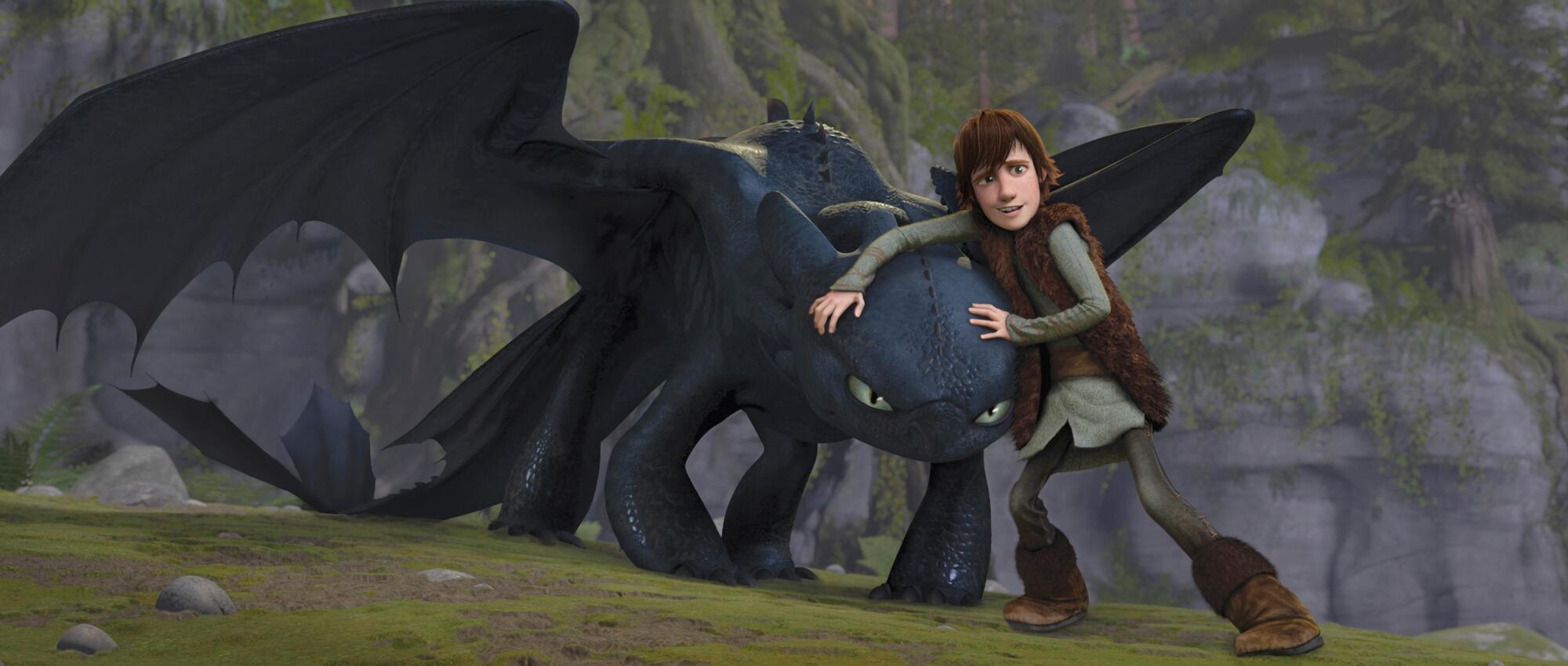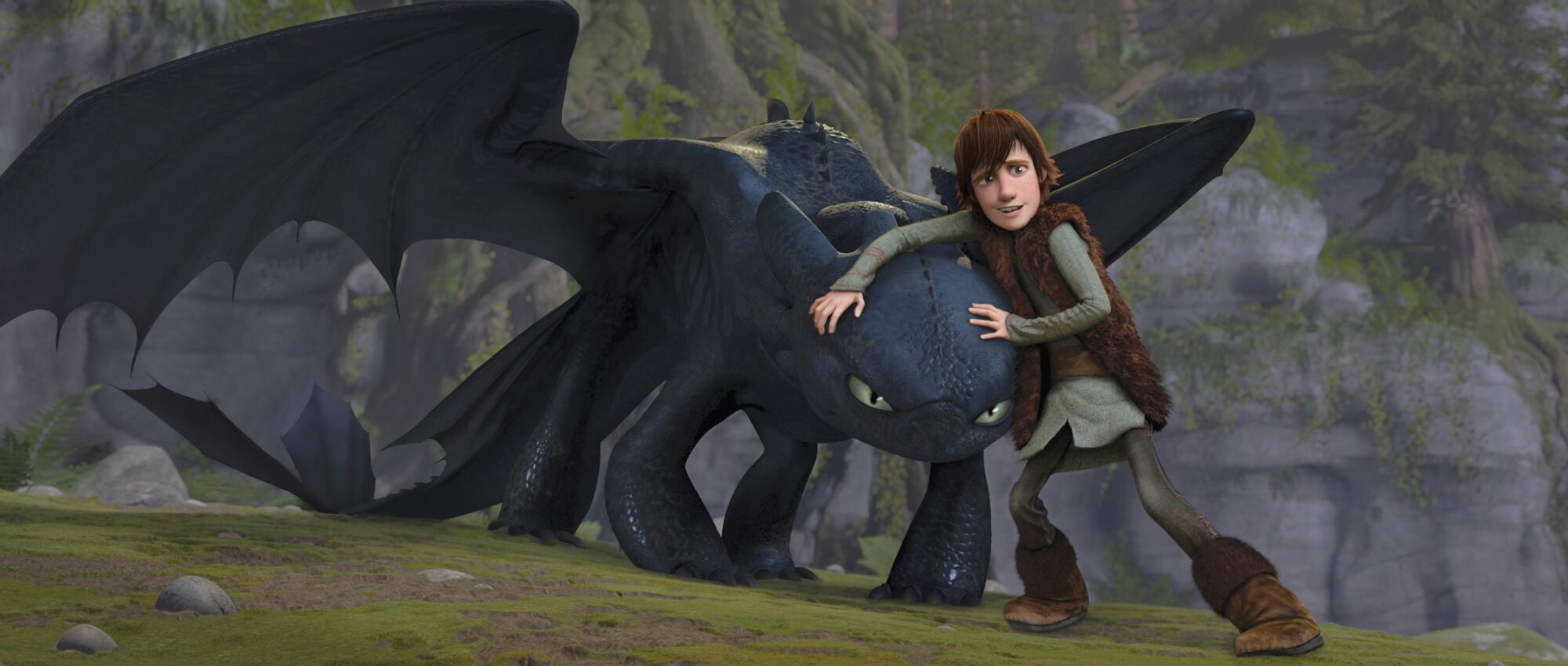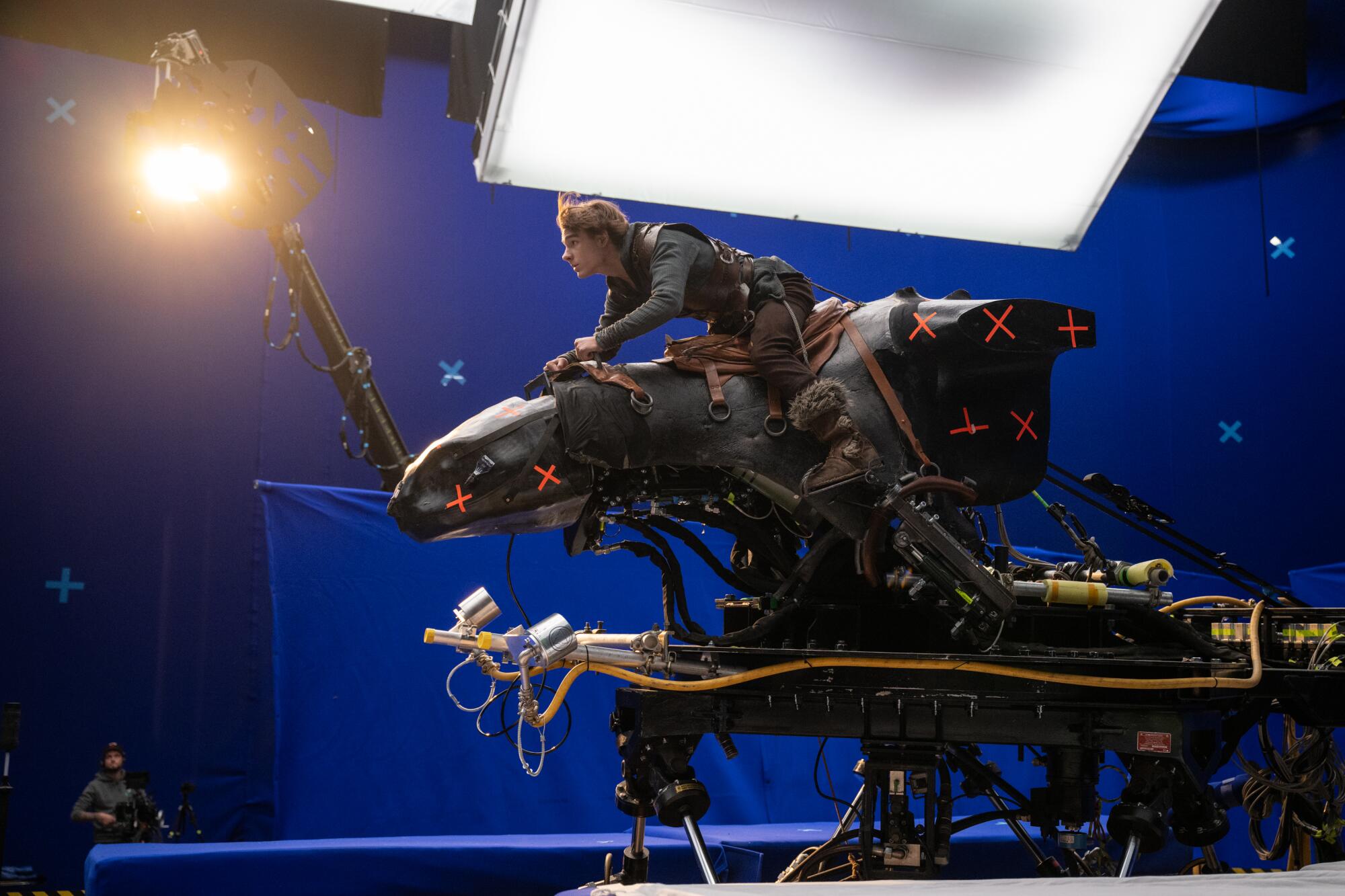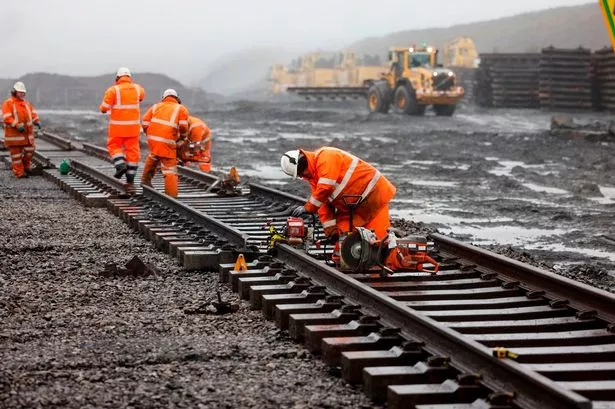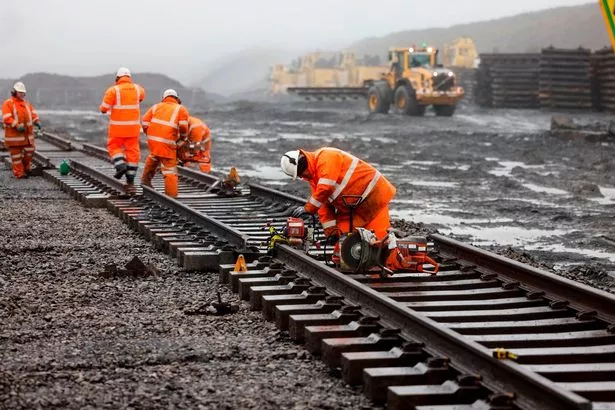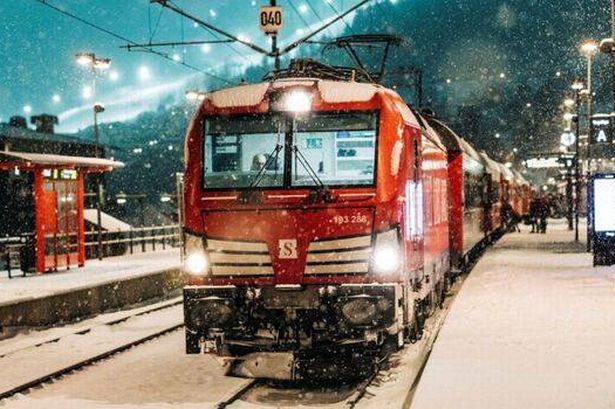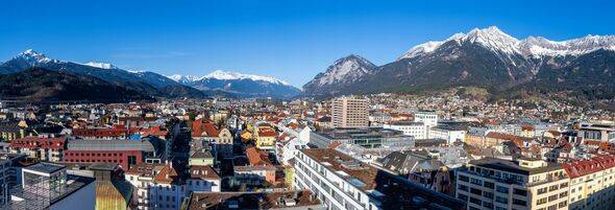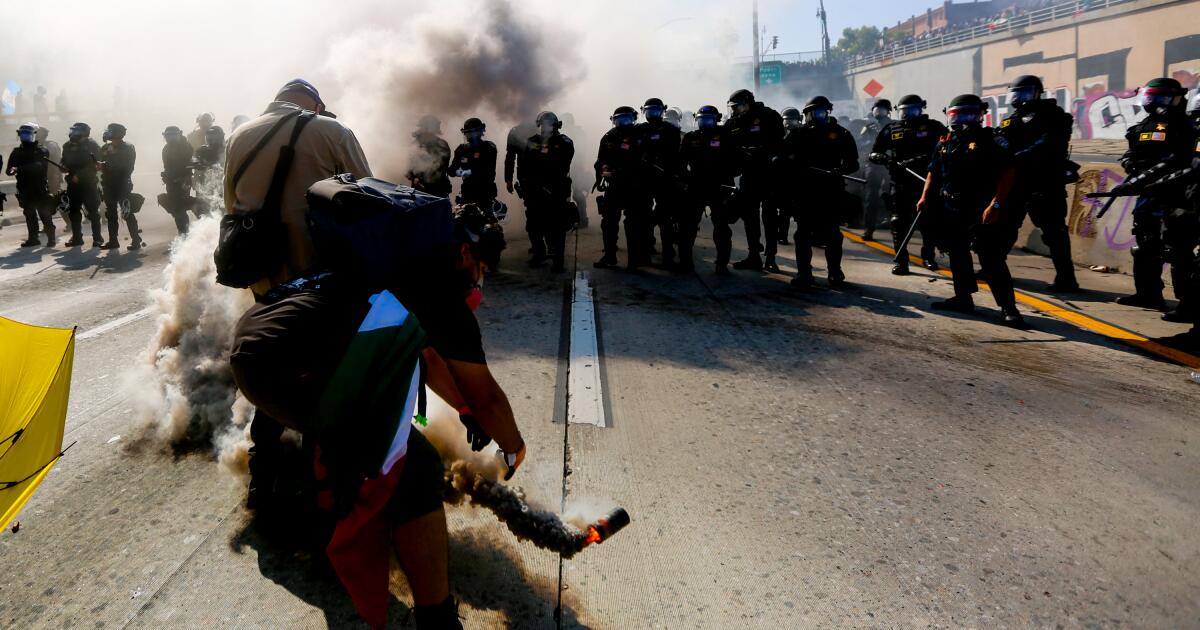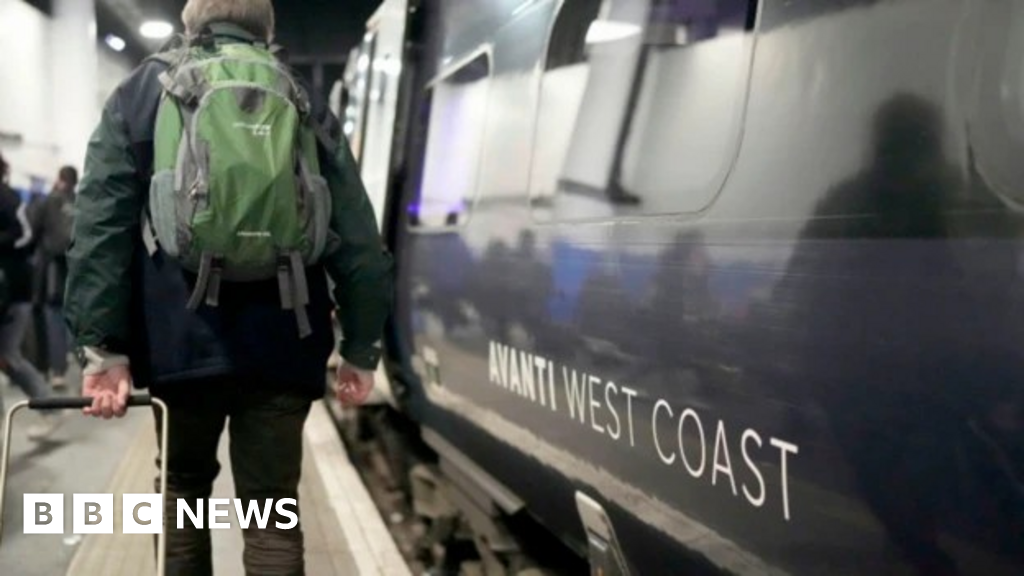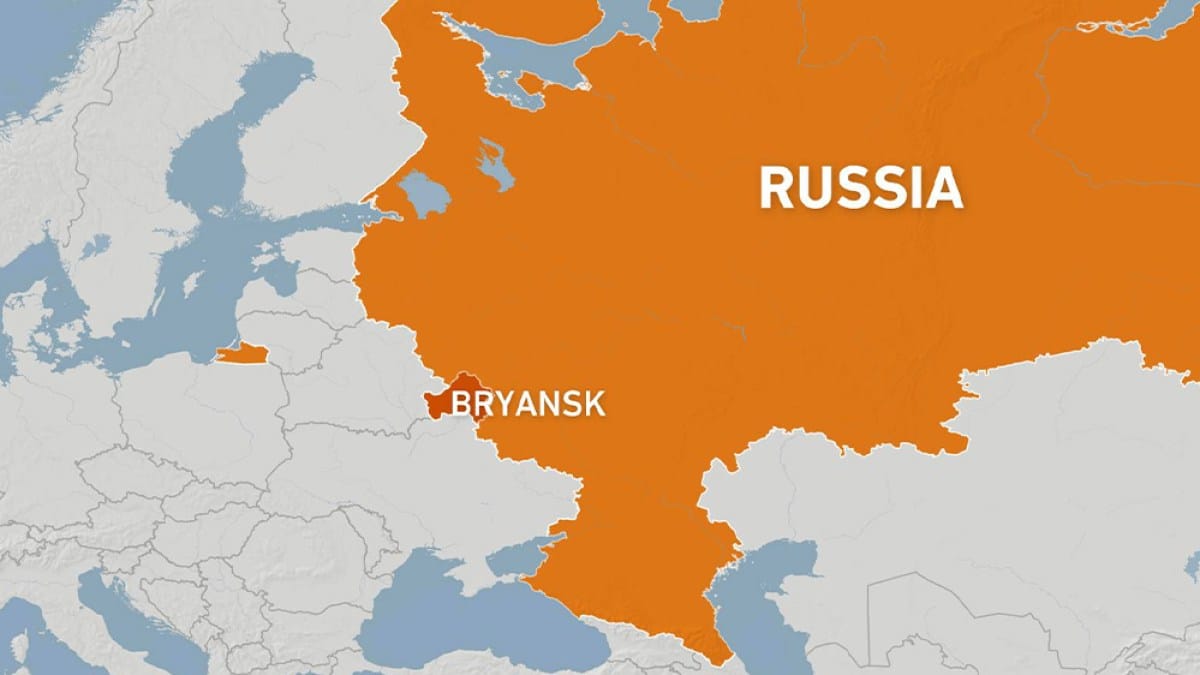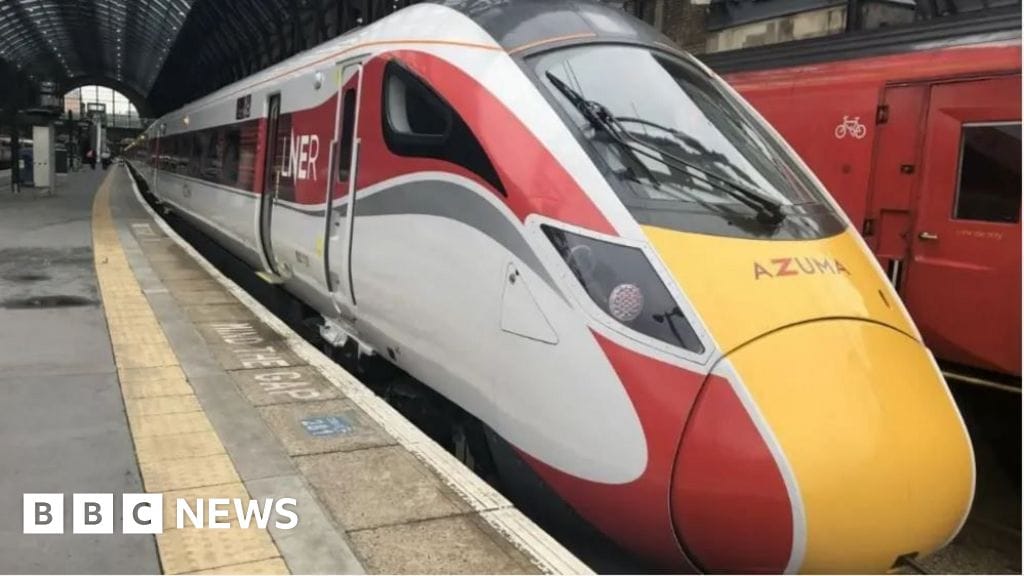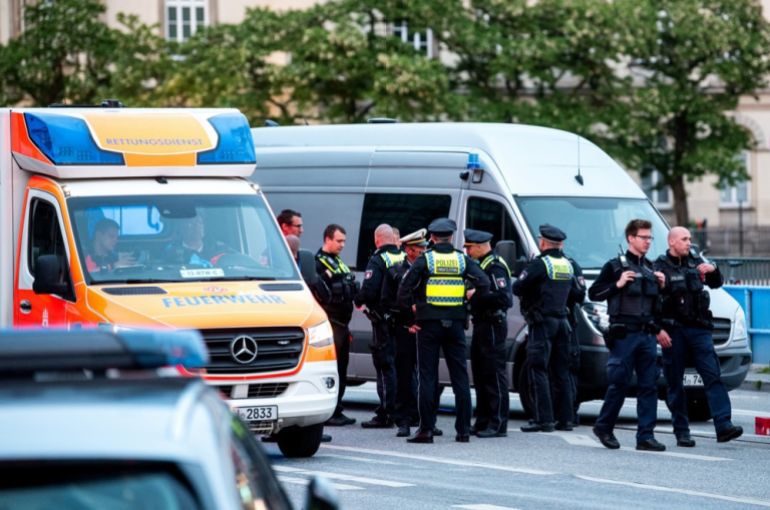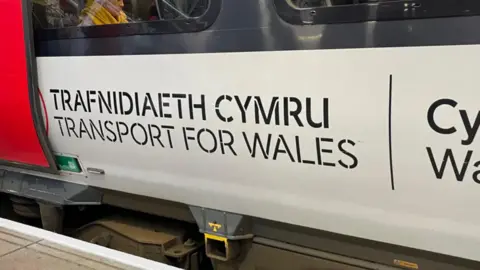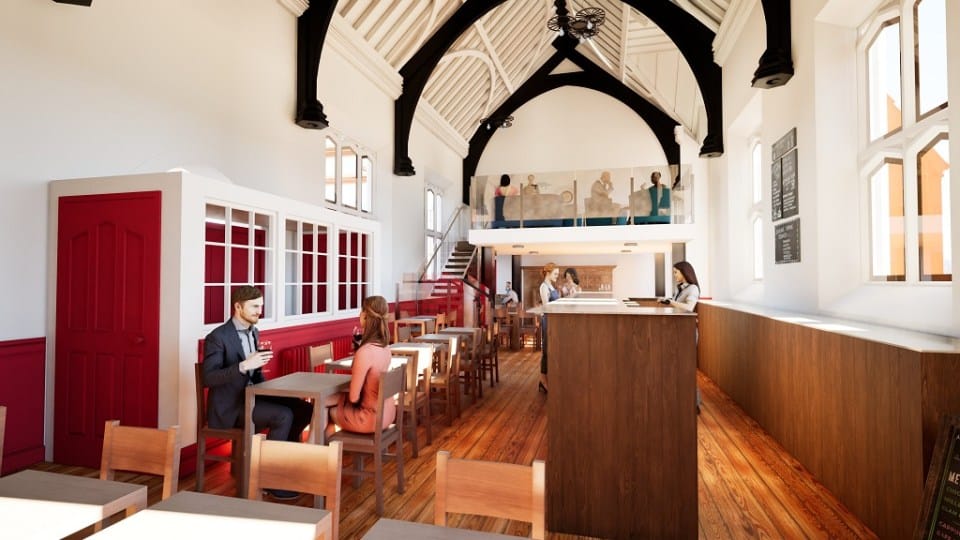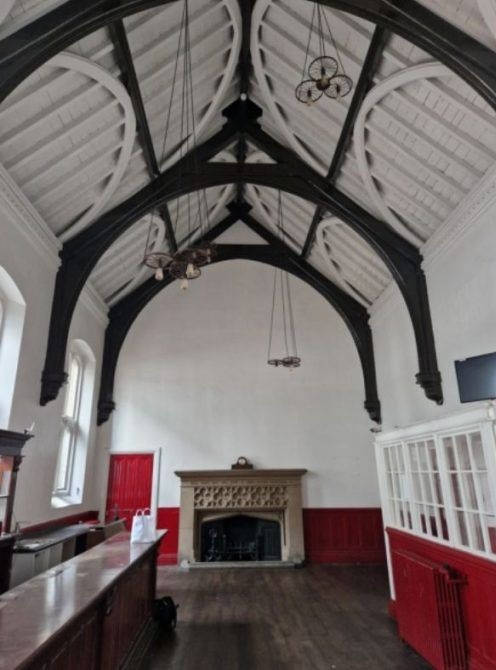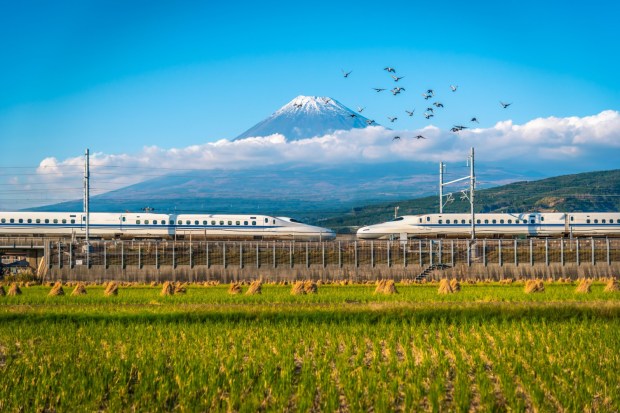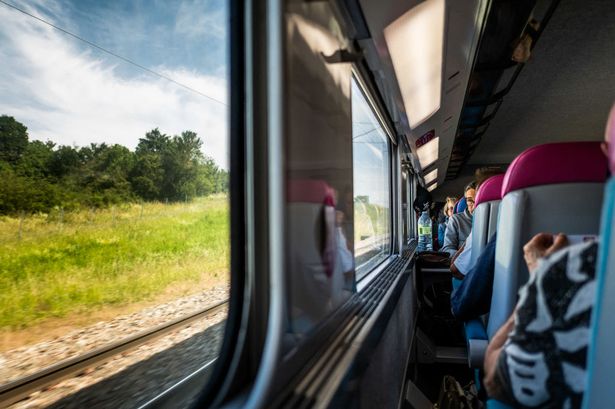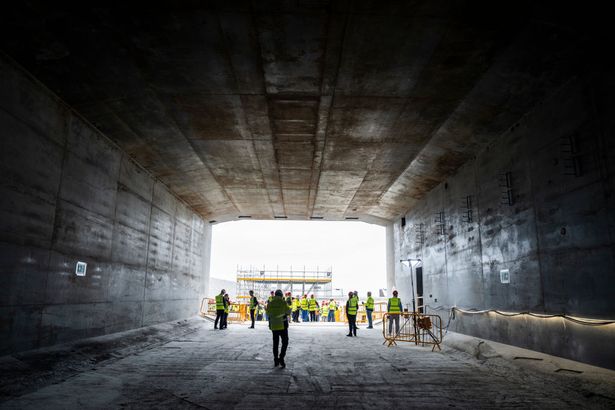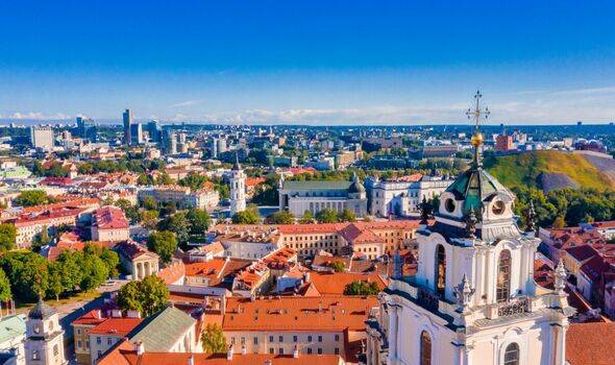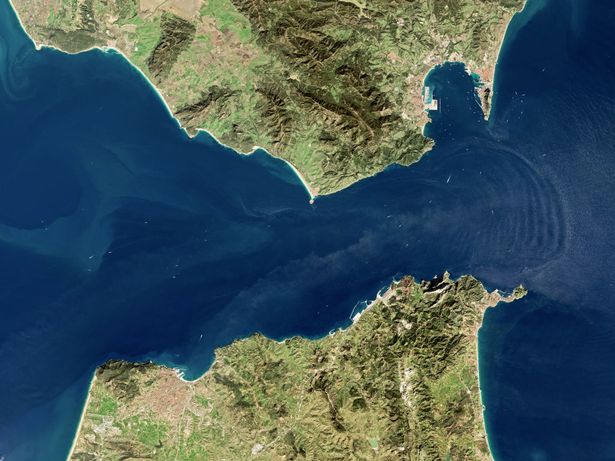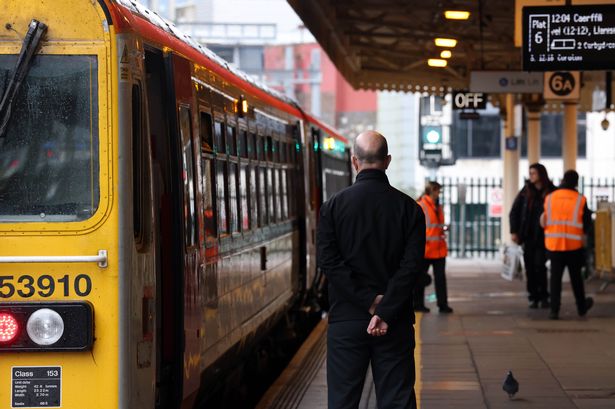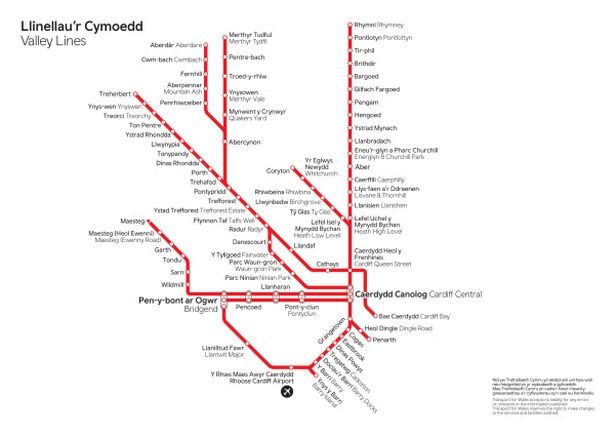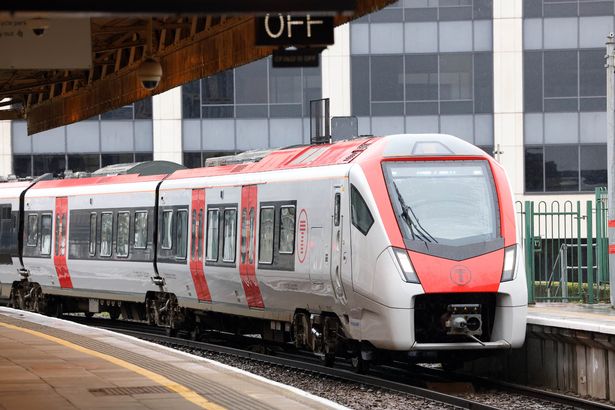The new £400million project, in the mountains of Neath Port Talbot, will have miles of railway tracks and station platforms – but it’s not for everyday passengers
A whopping £400 million train line and station, which won’t be used by the general public, is planned for a patch of land the size of Gibraltar.
The project, nestled in the mountains of Neath Port Talbot in Wales, is not intended for everyday commuters but rather for testing new trains, including high-speed and hydrogen-powered models.
Known as the Global Centre of Rail Excellence, this unique venture is being built on a massive 700-hectare site near the village of Onllwyn, just 17 miles north of Neath. The centre, which is being constructed on the former Nant Helen opencast site and Onllwyn Washery, is expected to be fully operational by 2027.
Once completed, it will operate round-the-clock, offering rail enthusiasts ample opportunity to test the next generation of engines. The site will feature two seven-kilometre looped tracks.
READ MORE: Brits warned of summer of holiday hell as strikes threaten 12 Spanish islands
This pioneering development could mark a first for the rail industry. Reports suggest that the centre “plugs a significant gap in European rail by providing a purpose-built, single site for world class research,” and that it “allows products to be tested to the highest technology readiness levels, in a live environment, with no risk to the mainline.”
It is hoped that the test centre will let developers put new ideas and innovations to the test before they are deployed in major projects, helping develop future transport systems.
Lewis Smith, a reporter for Wales Online, recently toured the site, which developers claim will be larger than Gibraltar when finished. “If you can test trains or technology systems that work up here, they should be able to work anywhere,” a worker shared with him.
“Whilst today’s fog obscures most of the expected views, the sheer magnitude of work required becomes evident – not only in transforming the landscape for the facility, but also in securing the hundreds of millions of pounds needed from private investors, coupled with over £90 million from Welsh and UK Government funding, for the site to reach its full potential,” he penned.
“Along the journey, we witness the initial stages of works to clear the path for the loop tracks, as well as the early sections of track being laid at the former mining facility – which workers say previously saw more than two million tonnes of coal extracted. We also pass the old shower and locker facilities, still standing from the area’s mining days, complete with hi-vis jackets and helmets, almost as if a group of workers had just finished a shift earlier that day.”
Simon Jones, the Global Centre of Rail Excellence, said: “I don’t think these kinds of projects come around very often, particularly projects like this which have got Government support from both the UK and Welsh Government.
“What it means for the people here is that we’ll be creating a site where the railway industry across the UK and Europe will come here to carry out testing for their innovations in a way that they just can’t do anywhere else. We’ve got 170 companies now from across Europe who’ve pledged their support for what we’re doing and who want to be able to use this place, so that’s just going to create jobs and opportunities for people.
READ MORE: Spain tourist hotspot faces summer of ‘changeover day’ travel chaos as hotel staff set to strikeREAD MORE: Europe’s ‘longest’ train journey between two beautiful countries is 1,075 miles
“There are some sites elsewhere in the UK and there are some sites in Europe, but none of them do what we are planning to do so we are unique. There is nowhere in the UK where people can do high speed testing of trains on a looped track, and that sounds insignificant but actually being able to just drive continuously round without having to reverse the train every time you do a test is a huge time saving.”
While the project would bring a huge amount of money into the area, its future is not secure, despite the land being “shovel-ready”.
GCRE, which is owned by but operates at arm’s length from the Welsh Government, has secured funding of £50m from the Cardiff Bay administration and £20m from the UK Government, originally signed off by the former Conservative Westminster administration. This leaves it needing to raise around £330m, Wales Online reported earlier this year.
Mr Jones said: “2025 will be the moment when all of our hard work at GCRE over the last seven years comes to a decision point. From the start, the model for GCRE has been to use the public funding set aside for us – £50m from the Welsh Government and a £20m grant from the UK Government -to prepare the development to a point where the £400m project could be taken to market. That process began in April 2023, when GCRE undertook a public procurement exercise to secure the private finance we needed.”
GCRE has been contacted for comment.
